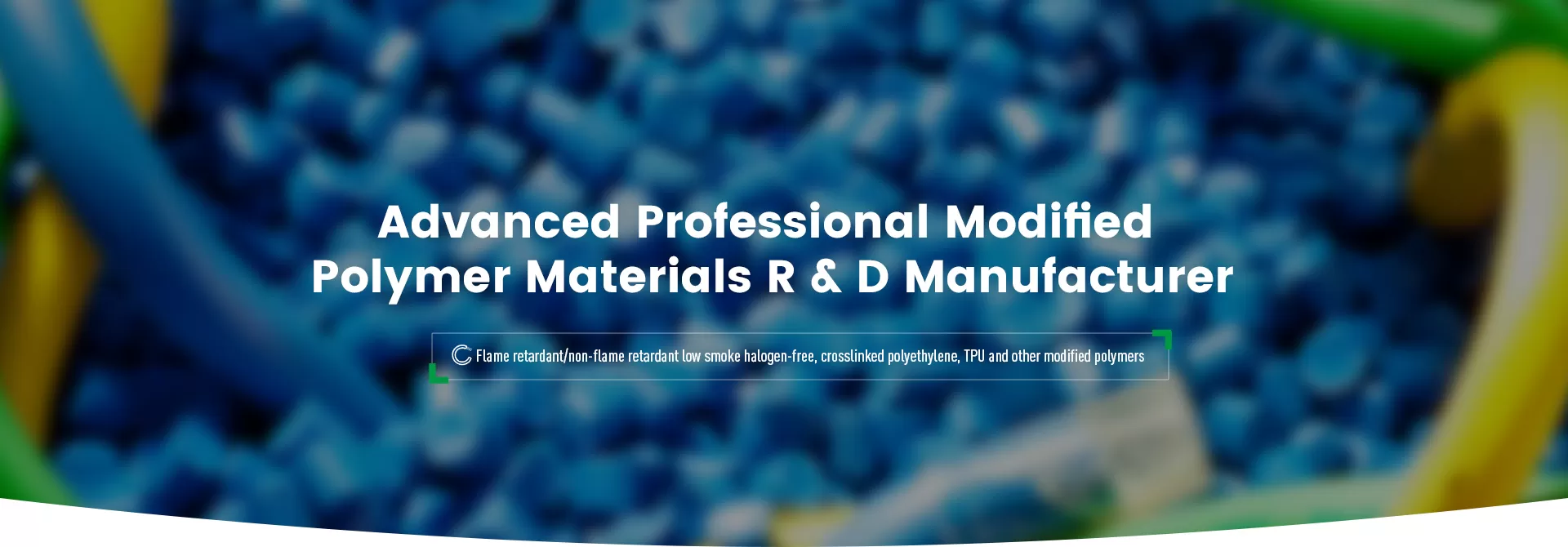

This product has excellent 125℃, 150℃ temperature aging resistance, oil resistance, acid resistance, alkali resistance, strong surface wear resistance, high mechanical properties, low TVOC content, and performance meets the requirements of wire and cable TUV, DEKRA, COC, UL and other standards. Flame retardancy meets UL1581 VW-1, IEC60332-1 levels, and the series of products meet RoHS2.0, Reach, Halogen-free, PAHS, 23P-Free, PFOS & PFOA and other environmental protection requirements.
Application Areas
high-voltage and low-voltage cables in new energy vehicles, electric vehicles, electric vehicles, etc.
XLPE cross-linked polyethylene is widely used in new energy vehicle wire materials, especially in high-voltage cables in vehicles.
Heat Resistance: XLPE has excellent heat resistance and can withstand temperatures up to 150 degrees Celsius. It is suitable for the connection of high-temperature components such as new energy vehicle batteries and motors.
Insulation Performance: XLPE maintains the original good insulation properties of polyethylene, with high insulation resistance and low dielectric loss tangent, making it suitable as an insulation material for cables.
Mechanical Properties: XLPE has a high tensile strength and creep resistance due to the mesh structure formed between its molecules, and has good resistance to environmental stress cracking.
Chemical Resistance: XLPE has good resistance to a variety of chemicals such as acids, alkalis and oils, produces less toxic gases when burned, and has little impact on the environment.
Environmental Protection: XLPE materials do not contain halogens, produce less toxic gases when burned, and meet the requirements of modern automobile manufacturing for environmentally friendly materials.
Cost-effectiveness: Compared with other high-performance materials, XLPE materials have better cost-effectiveness while meeting performance requirements, which helps to reduce the manufacturing cost of the whole vehicle.
Application areas: XLPE insulation materials are widely used in high-voltage wires in new energy vehicles, including connecting wires of key components such as battery packs, motors, and controllers.
These Characteristics of XLPE materials make it an ideal choice for new energy vehicle wire materials, which helps to improve the performance and safety of new energy vehicles. With the continuous development of new energy vehicle technology, the application of XLPE materials will also be further expanded.
| Test Item | Unit | PFXBS75510 | PFEBS85510 | PFEBS86329 | PFEBS95610 | PFEBS85610 | PFEBS95510 |
| Hardness | Shore A | 75 | 85 | 86 | 95 | 85 | 95 |
| Density | g/cm' | 1.35 | 1.35 | 1.35 | 1.35 | 1.35 | 1.,40 |
| Tensile strength | Mpa | 11.5 | 11.5 | 12.5 | 14.5 | 11.5 | 12.5 |
| Elongation at break | % | 300 | 300 | 220 | 300 | 250 | 200 |
| Elongation under load | % | 50 | 50 | 50 | 50 | 50 | 50 |
| Permanent deformation | % | 10 | 10 | 10 | 10 | 10 | 10 |
| Volume resistivity at 20°C | Ω.cm | 3.1x10^15 | 3.8x10^15 | 3.8x10^15 | 4.5x10^15 | 3.8x10^15 | 3.8x 10^15 |
| Dielectric strength | MV/m | 27 | 26 | 26 | 26 | 26 | 26 |
| Brittle temperature | ℃ | -40 | -40 | -40 | -40 | -40 | -40 |
| Gasoline resistance | % | 12 | 12 | 12 | 12 | 12 | 12 |
| Diesel resistance | % | 2 | 2 | 2 | 2 | 2 | 2 |
| Motor oil resistance | % | 2 | 2 | 2 | 2 | 2 | 2 |
| UL temperature rating | ℃ | 125 | 125 | 125 | 150 | 150 | 125 |
| Flame retardant rating | Grade | UL94V-0 | UL94V-0 | UL94V-0 | FT-2 | FT-2 | VW-1 |